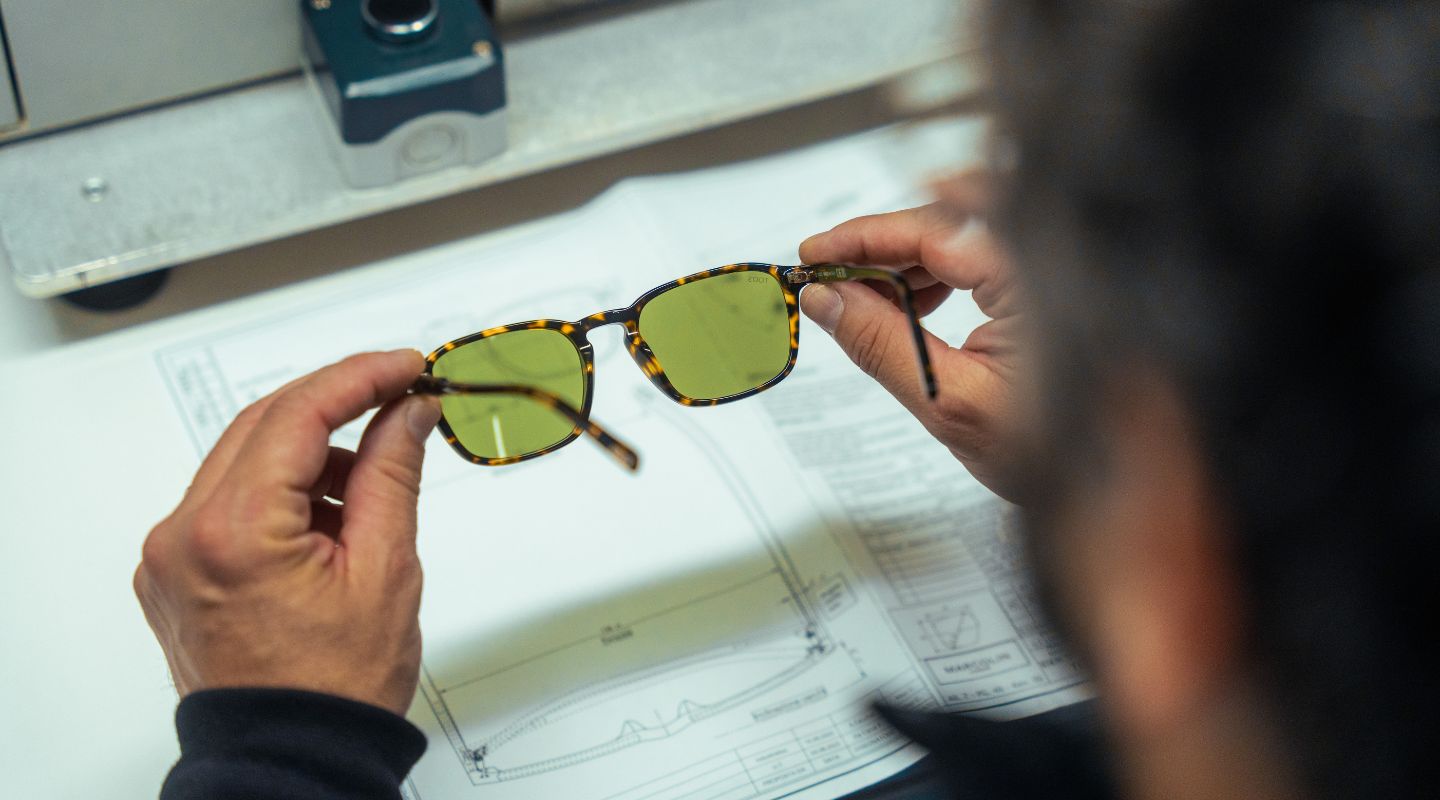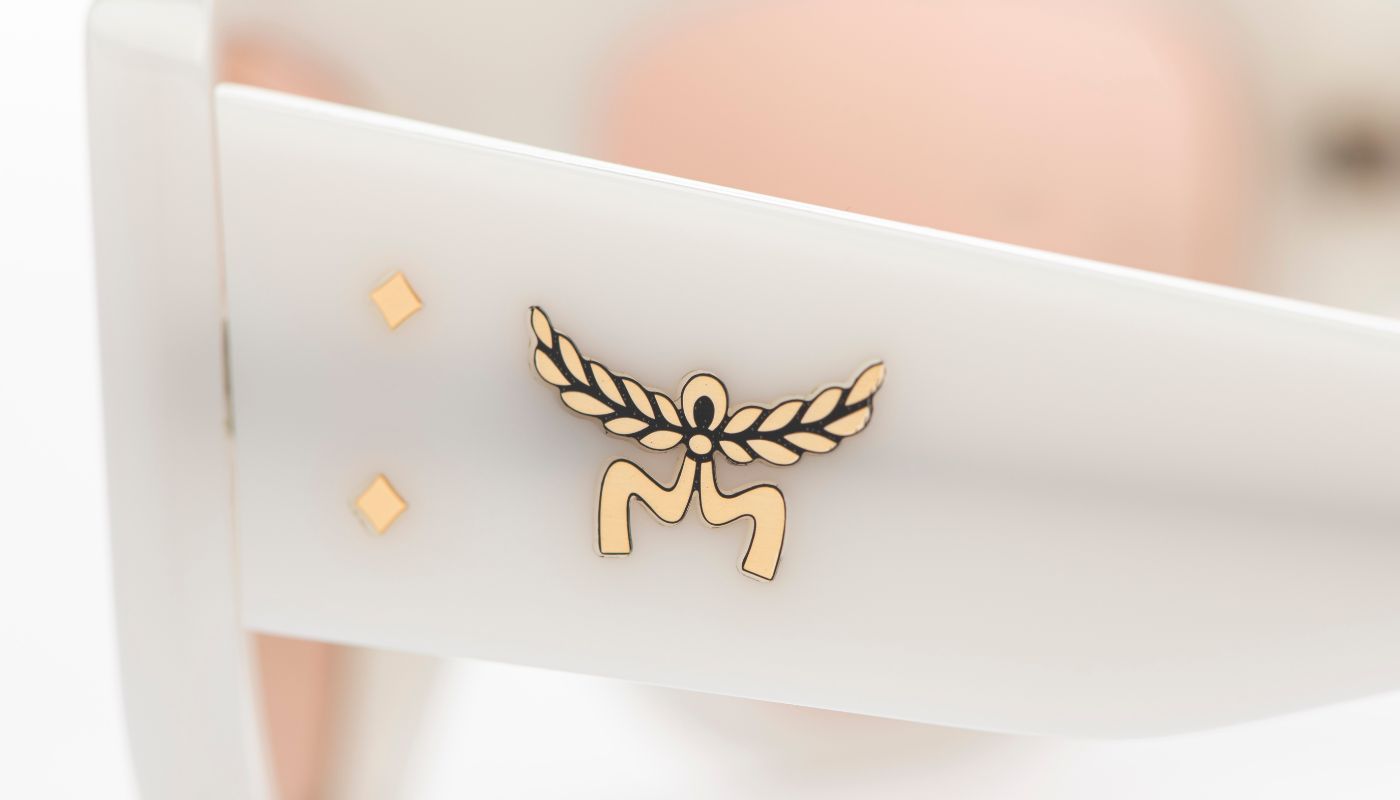Your creations are always striking for the strength of the images and a certain Dadaist spirit, which overturns the meaning of things: is this what made you appreciated by magazines such as Vogue, Harper’s Bazaar and Vanity Fair?
«First, I have to say I started totally different. I started doing modelling pictures and I had nothing to do with still life or something like that. But then 2020 came and everything changed in the world. This was the best I could imagine because this brought me to still life and I never thought that this would be such a passion. And I explored that I really love working with objects because in my little heart I am an artist and if I would ever have the patience, I would be a painter. Instead of oil colour or pencils, I use my camera and my settings which are built often by my own to create my own paintings. I try to produce the unexpected».

How do you manage to combine the love for Renaissance painters, or poetic themes such as the body and its transformations, with the communication of a product?
«I have to say in the former part of my life, I studied economics and marketing, and I worked several years in a big advertising agency here in Germany and in the art buying department and I also worked several times as creative director in my own shooting. So, I know these businesses in all aspects and because I know these marketing hard facts that you must generate attention first, that you have to be unique and that you have to catch the viewer’s eye. So, I always have these in mind and so it makes easier for me to combine these marketing hard facts with my aesthetic point of view. I do not see objects as they are, I treat them like my models».
“I do not see objects as they are, I treat them like my models”

It is impossible not to ask an artist who works with the eyes: what is the heart of the aesthetic and spiritual vision that guides your work, and which was also triggered in this project to create these shots for Marcolin?
«The starting point for this project for Marcolin was a discussion about the presentation of the human being and times of augmented reality and AI and how we could ensure the human presentation if even the artificial intelligence can copy a human being so perfectly. And so, I started studying the ideas of Constructivism and also Art Nouveau in the beginning of the 20th century, because these movements were also like an answer on the technical project in that times because we all have this collective memory of forms and pictures. And this was very interesting working with and using the body parts and head and combining them with the glasses».













